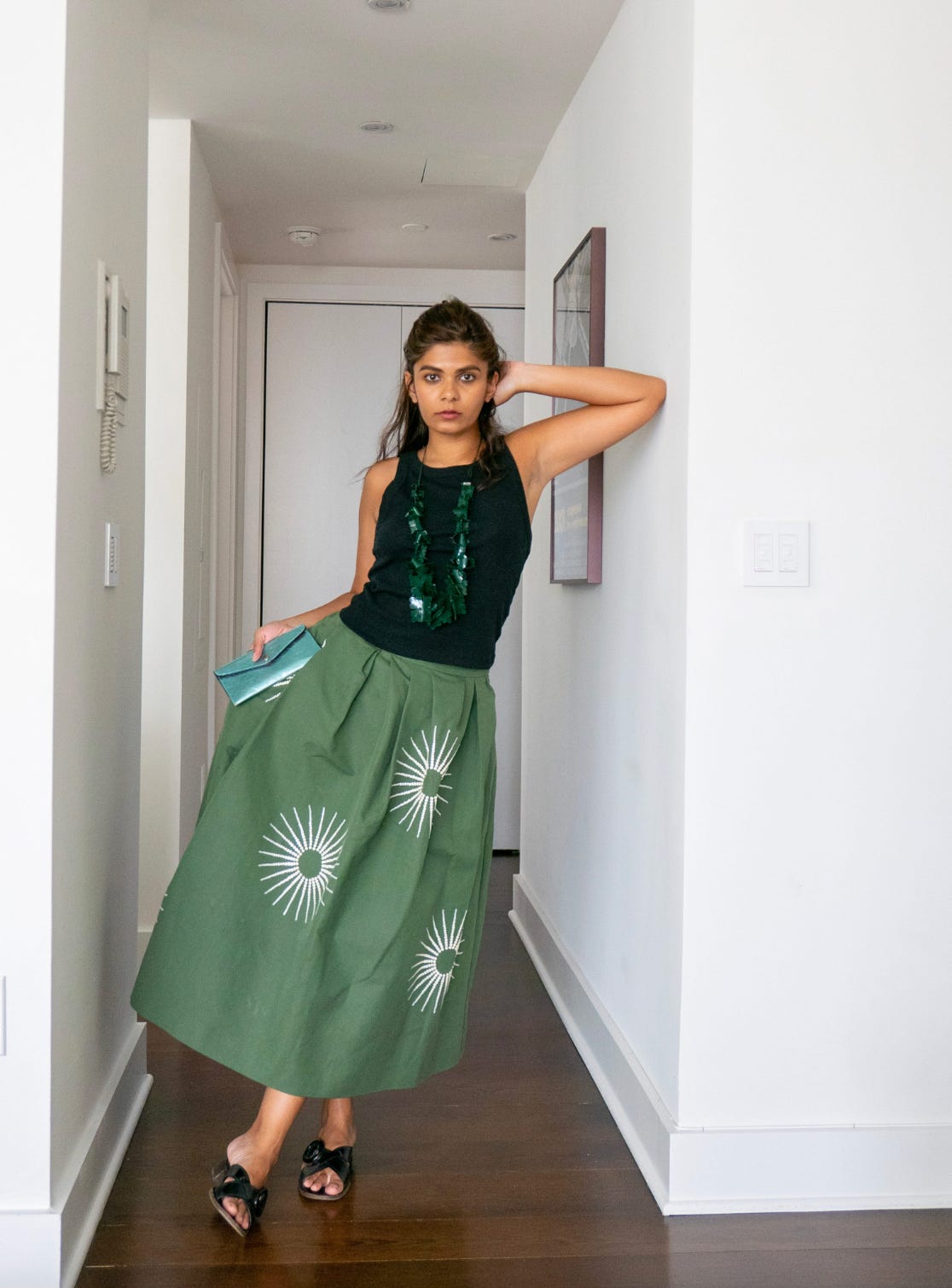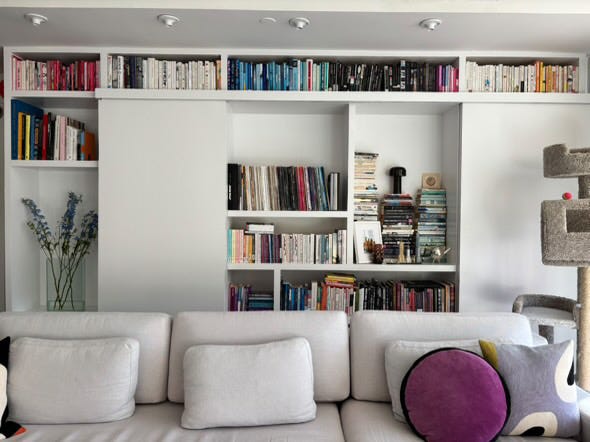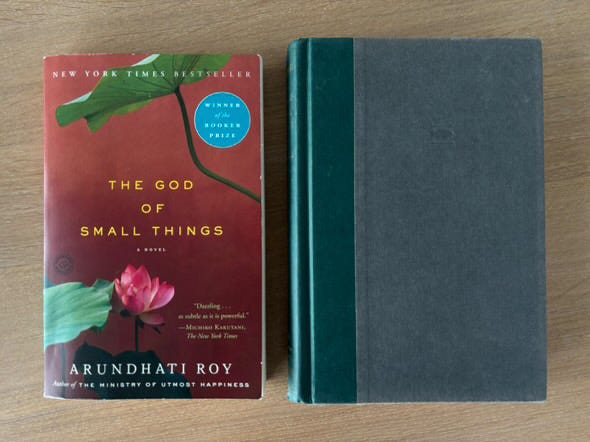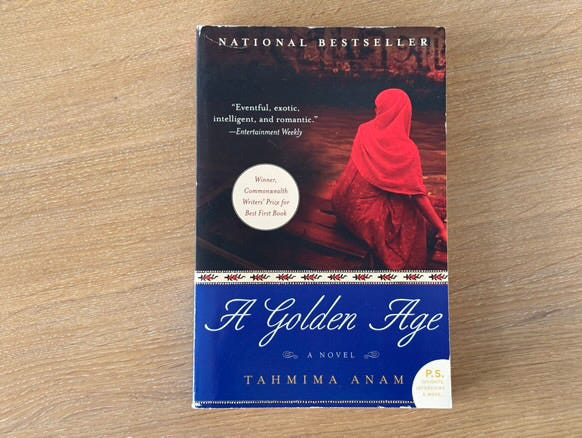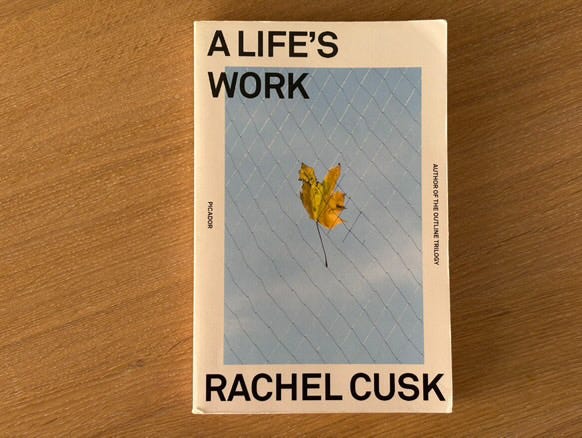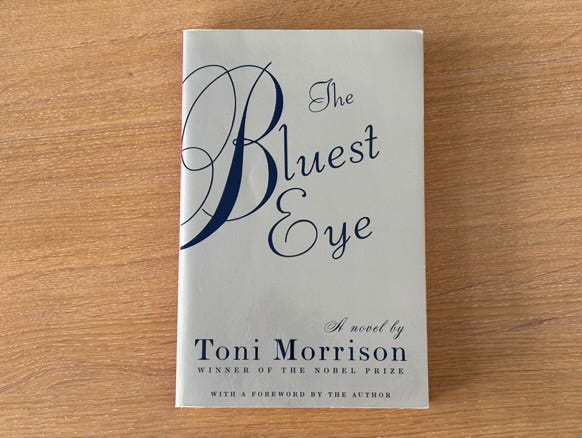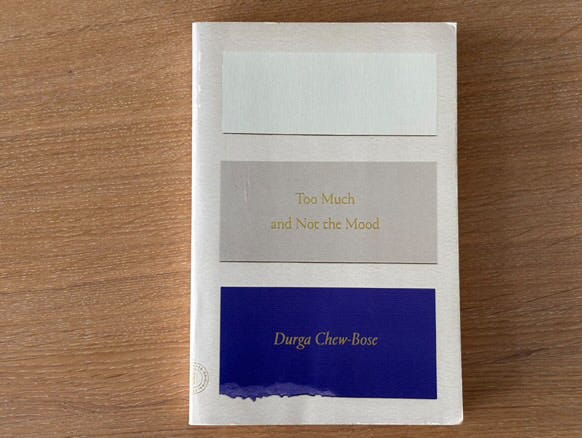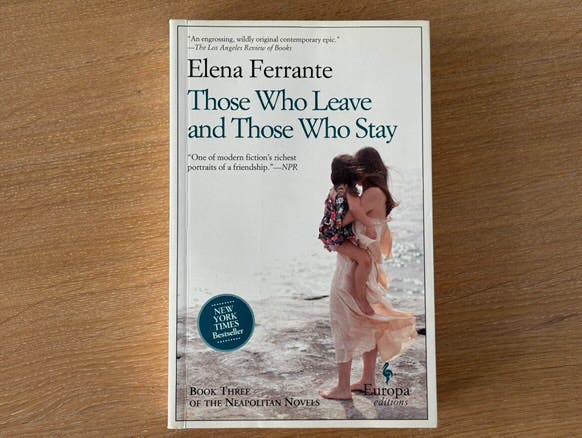This is the second installment of My Fashion Bookshelf, a recurring feature where I visit interesting creatives to learn about the books that influenced their sense of style and approach to the world.
I’ve known Tasnim Ahmed for at least a decade and have been beguiled by her prim yet explosive sense of style ever since. Ahmed is a talented writer (she wrote a story on South Asian designers redefining the fashion industry for me when I was an editor at FASHION) with a singular approach to dress that explores the tension between loud patterns in ladylike silhouettes, often incorporating elements from her own Bangladeshi heritage. Her wardrobe consists of a formidable collection of archival Prada, Marni and Dries van Noten, all scored on resale sites like eBay and TheRealReal for under than $300. She lives in Soho with her husband Dom, who notably co-founded a very popular, widely-mourned app, and their feline daughter, Kochi. We chatted over Google Meets, where she shared with me a list of books that have influenced her immeasurably.
The God of Small Things by Arundhati Roy (1997)
I actually have two copies of this. This book takes place in Kerala, India in the 1960s and is a fictionalized account of the authors’ own experiences. It’s about the caste system and how terrible and violent it can be. A woman has a love affair with a man in a lower caste and it completely upends the lives of her two children, who are separated when the family finds out. I first saw this book my aunt’s nightstand when I was a teenager in Bangladesh. She had a cool job, she got married for love, she moved to Scotland to get her PhD before moving back to Bangladesh, she had great perfumes. I just really admired her and still think highly of her. Reading this book as an adult gave some insight into her psyche at the time. It’s heavy and difficult and you don’t feel particularly relaxed after reading it. But whenever I feel my confidence wavering and I think I can’t produce meaningful work, it’s a reminder that there are definitely people out there who are interested in what I might have to say. It’s a weird comfort read for me.
A Golden Age by Tahmima Anam (2007)
Tahmima Anam is a Bangladeshi writer whose dad is the publisher of the largest English language newspaper in Bangladesh. I found this book in a secondhand bookstore on the Upper West Side many years ago. I saw the name of the author, who shares a last name with my cousin, and pulled it out not knowing who her father was or anything. It tells the story of how one woman offered a safe haven for a lot of people during the Bangladeshi liberation war. When my parents experienced the war, my mom was 10 or 11 and my dad was a teenager. They never really spoke about it, which I think is part of their trauma processing. When they do talk about it, it’s always bits and pieces and you can never really grasp what was going on. This book paints a comprehensive picture of the atmosphere in Bangladesh during the time of the war, and created a sense for me of what it might have been like. It’s really, really beautiful and makes me proud to be where I’m from. I think, ‘Wow I come from badass people.’
A Life’s Work by Rachel Cusk (2001)
This one came out in 2001 when Rachel Cusk had just given birth to her third child. It’s about the difficulty of early motherhood and is very explicit about how difficult it can be for women who don’t have a big support system or even that much support from their partners. I read a Guardian piece she wrote after the book was released about how much hate she received from women who were not happy about how she depicted her own experiences. They accused her of being a bad mother who treats her children like animals. I don’t think there are enough stories about women talking about how terrible and difficult having children can be and that it’s okay to feel that. Over the past year, my husband and I have been talking more seriously about having a child, and my way of taking on these things is to find the weirdest most extreme account of what could happen.
The Bluest Eye by Toni Morrison (1970)
I took a class on Toni Morrison with a professor named Tracyann Williams who used to teach at the New School. I really loved this book because it’s about a little girl who is Black, with brown eyes and curly hair, and is made to feel impossibly ugly. She believes that if she had blue eyes and blonde hair, her life will be perfect and everything will be good. She was abused by her father and is preyed on by a man who fashions himself as a healer. She's already in a very fragile, vulnerable state, and everything around her just kind of collapses. After I read this book, I felt like it really sent home the message that I need to embrace myself as I am. I’m never going to be anything other than what I am and it's the insides that matter the most. It's a very beautiful and tragic book about how we perceive beauty and how damaging that can be to people.
Too Much and Not the Mood by Durga Chew-Bose (2017)
Earlier this year I had a terrible back injury so I was laid up for a while and felt my self-confidence waver because the pain took a toll on my ability to even concentrate on writing. There are certain authors whose work I return to when I feel lost and drifting and Durga is one of them. I started reading her work back when she was writing for The Hairpin (RIP) and a lot of what she writes feels true to my experience. Her family is Bengali by way of Calcutta, my family is Bengali by way of Bangladesh. What she calls her father, I call my father too. Her words are very meaningful to me and I come back to it so much because it is so comforting. It’s like having a hot cup of tea with an old friend. It’s just very lovely.
Those Who Leave and Those Who Stay by Elena Ferrante (2013)
This is the third book in Elena Ferrante’s Neapolitan series. I picked this one because I’m slightly closer to the age of the characters when the story takes place. I find her work to be extremely refreshing in its depiction of alternative femininity. She digs into a lot of the unspeakable things that take place in a woman’s mind. It’s about two friends, Lila and Lenù, who have been best friends since they were children in a poor neighbourhood in Naples. One shows a lot more intellectual promise than the other, but her family is poorer so she can’t continue with her education and ends up working in a sausage factory. Meanwhile, the other gets to go to university, marries a professor, publishes novels and has a bourgeois upper class lifestyle, but she’s extremely insecure and restless with where she is in life. You have one whose entire life is hardship and survival and the other who is a lady of leisure, with an excess of time on her hands, who unravels because she’s too comfortable with her life.





